The following itinerary is the first day of a 4-day road trip through central Japan, starting at Chubu Centrair International Airport, and visiting Nagoya and the surrounding prefectures of Mie, Shizuoka, Gifu and Nagano by rental car. Each day, I visited a sightseeing attraction or two, or participated in an activity. Note that this itinerary is not exhaustive and only covers some of the region's highlights in a short amount of time.
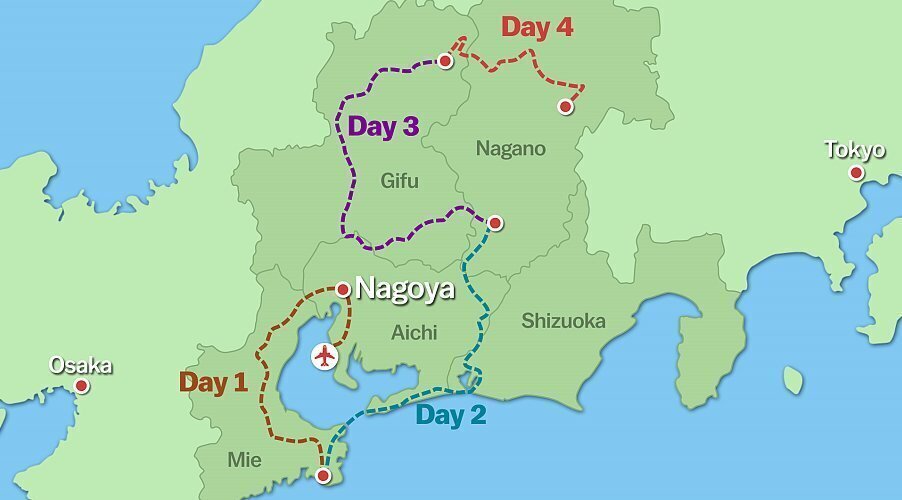
Without further ado, I present to you Day 1 of my four-day trip. From Chubu Centrair International Airport, I drove to central Nagoya to visit Nagoya Castle and have lunch. Following that, I made my way to Ise Jingu in Mie Prefecture and ended the day at Ago Bay in the south.
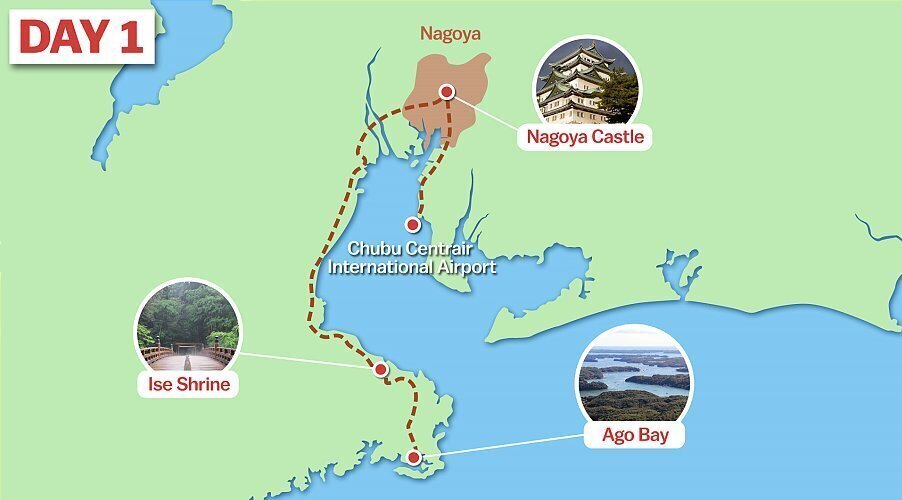
Arrival at Chubu Centrair International Airport
Chubu Centrair International Airport is a major flight hub in central Japan with numerous international and domestic flights connecting to other parts of Japan. Upon arrival at the airport, I made my way to the Access Plaza, where the various transportation to and from the airport are located, including the rental car reception counters. It was a short walk to the car park to get to my rental car, and I was off on my way soon enough to begin my sightseeing.
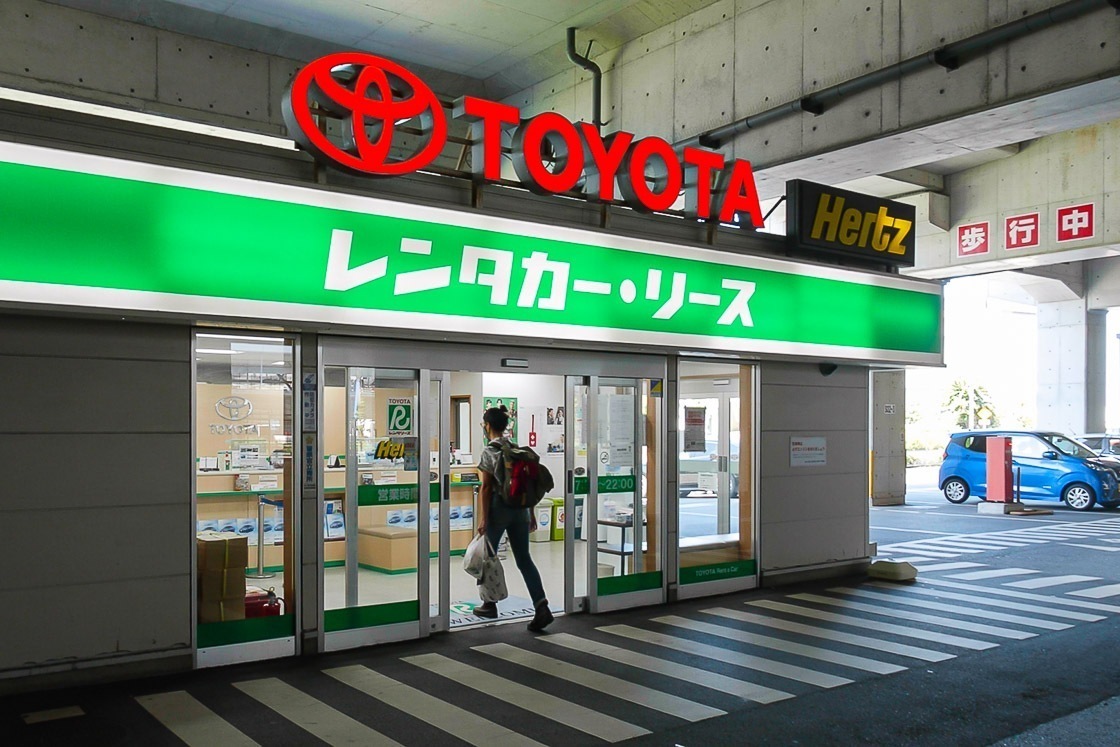
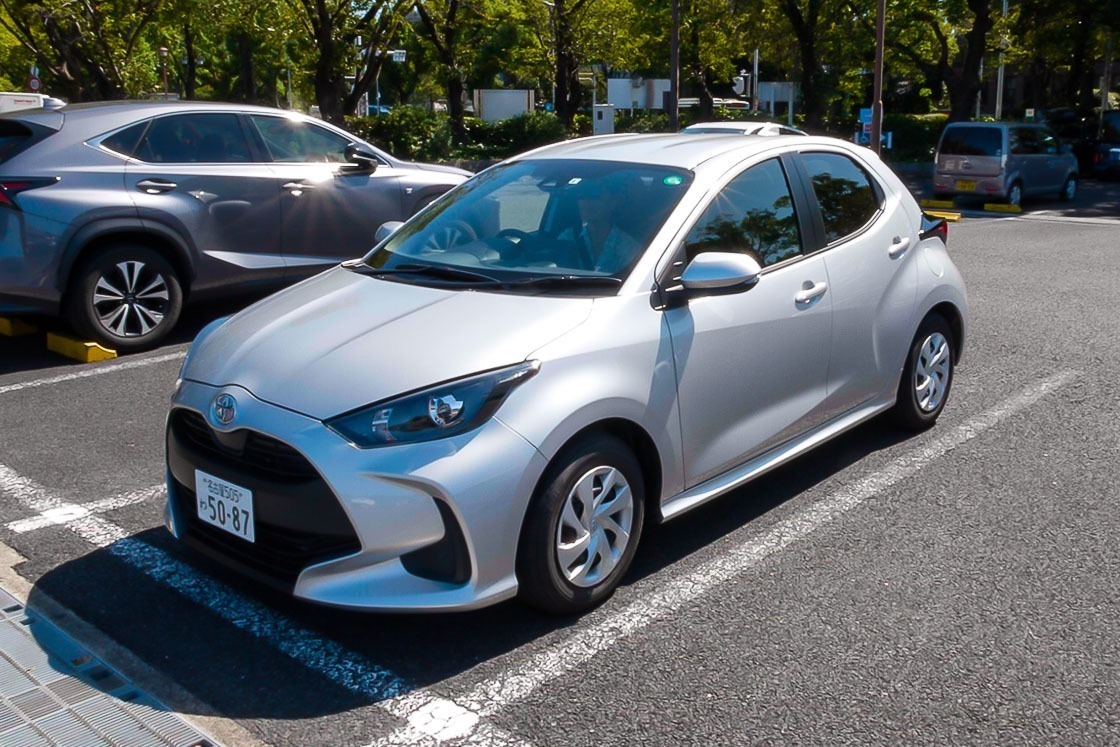
Nagoya City, Aichi Prefecture
Nagoya City is one of the top five largest cities in Japan, and tall skyscraper buildings and bustling shops line the streets in downtown Nagoya. Of the many attractions in central Nagoya, Nagoya Castle is one of the most well-known sightseeing attractions, and no visit to the city would be complete without going there. The castle was the seat of one of the branches of the Tokugawa Shogunate, the ruling family during the Edo Period (1603 - 1868), and the castle town grew bigger as it became more prosperous.
Today, visitors can view the exterior of the castle keep, which is a concrete reconstruction of the original. However, the main star at Nagoya Castle is the Honmaru Palace, which was reconstructed and completed in 2018.
Palaces, where the local lords lived, worked and met visitors, typically made up a few of the buildings on the castle grounds. Almost all castle palaces were destroyed in the past, and of the numerous castles across Japan, Nagoya Castle's Honmaru Palace was one of the few castle palace buildings to be thoroughly reconstructed based on records left from before it was destroyed. It was rebuilt using traditional materials and techniques, giving visitors a look at the grandeur of a period from long ago.
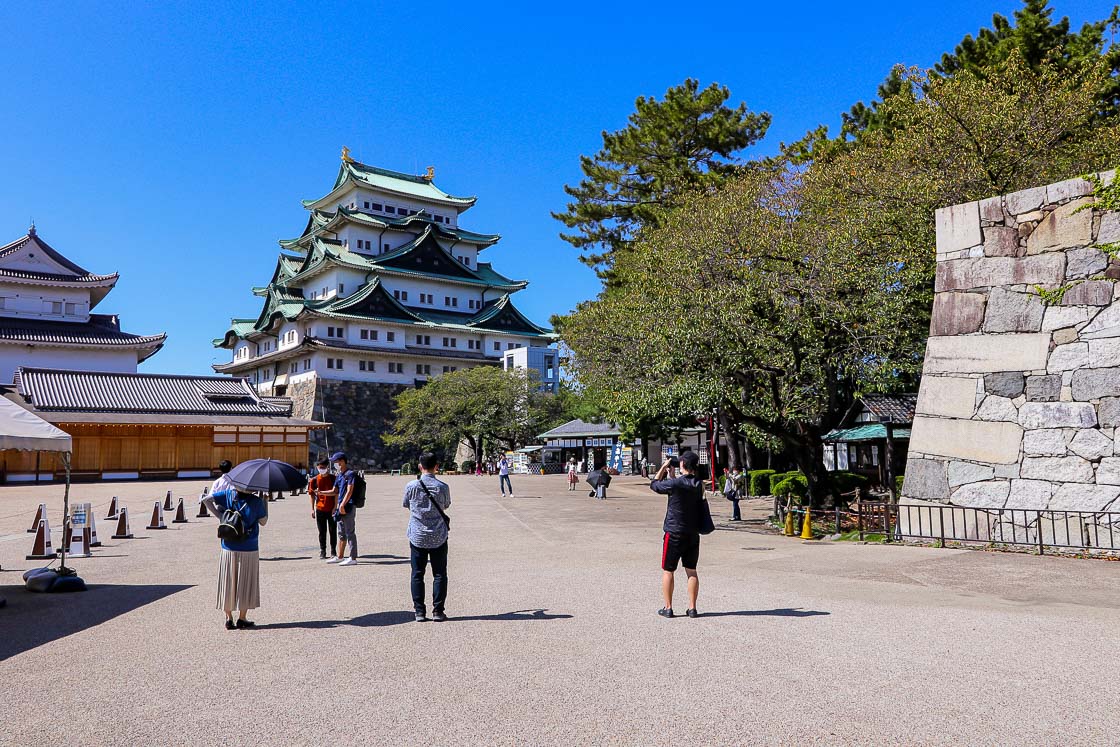
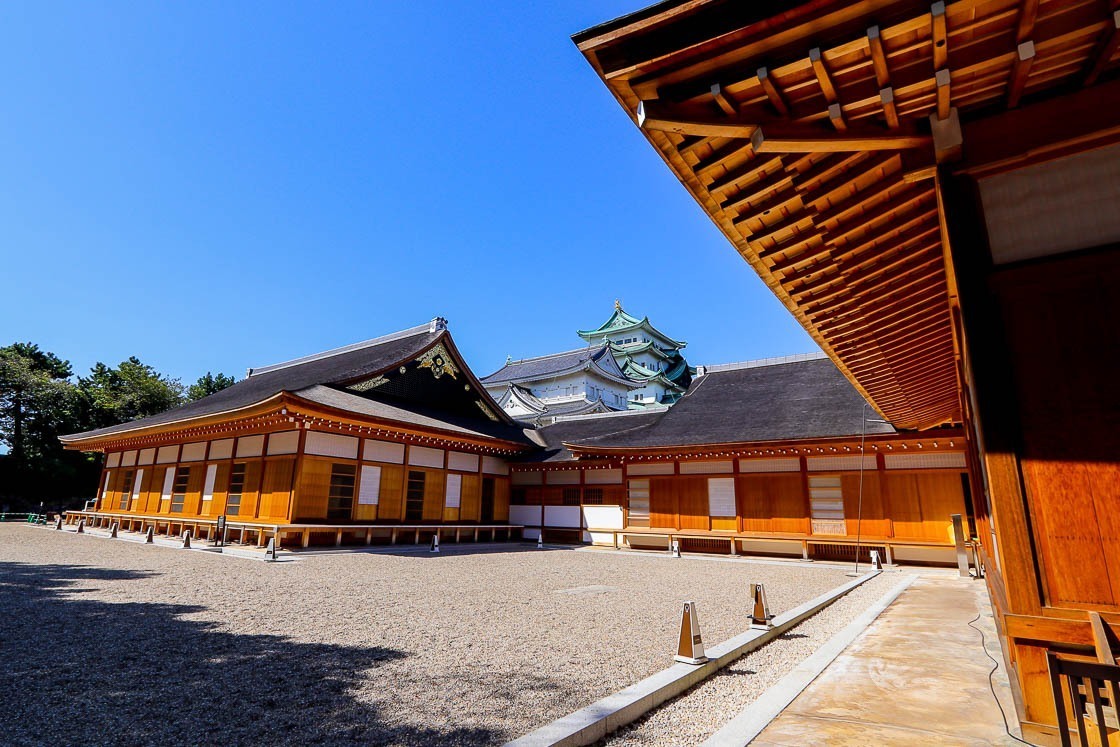
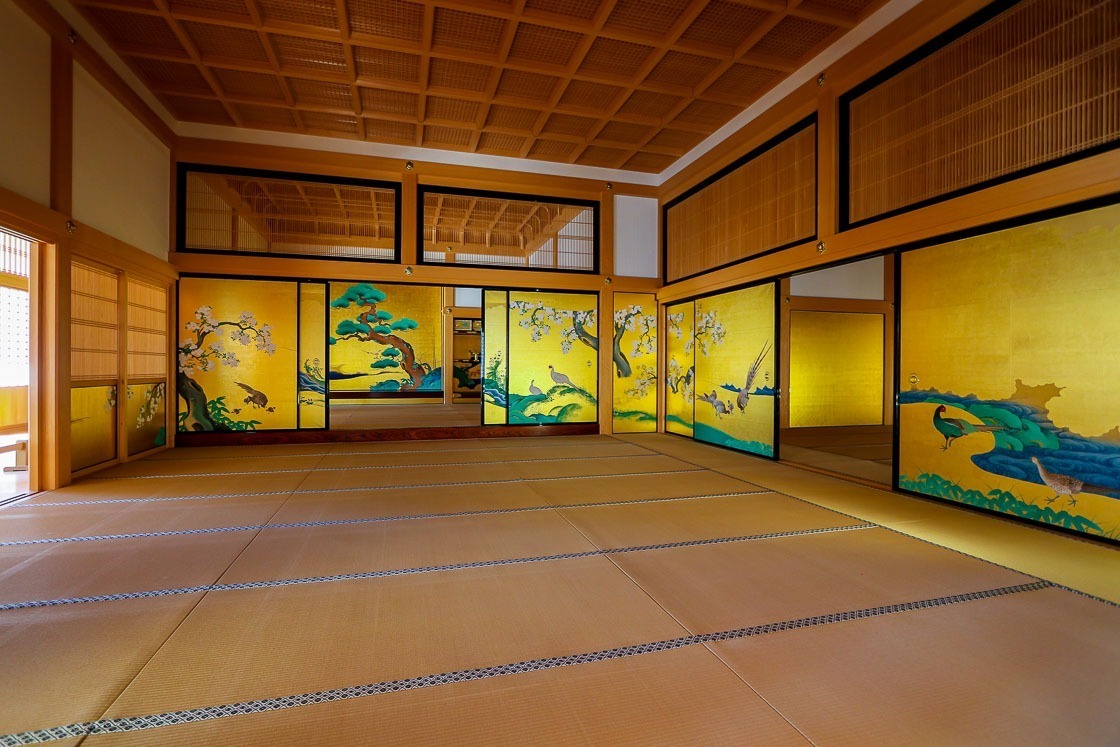
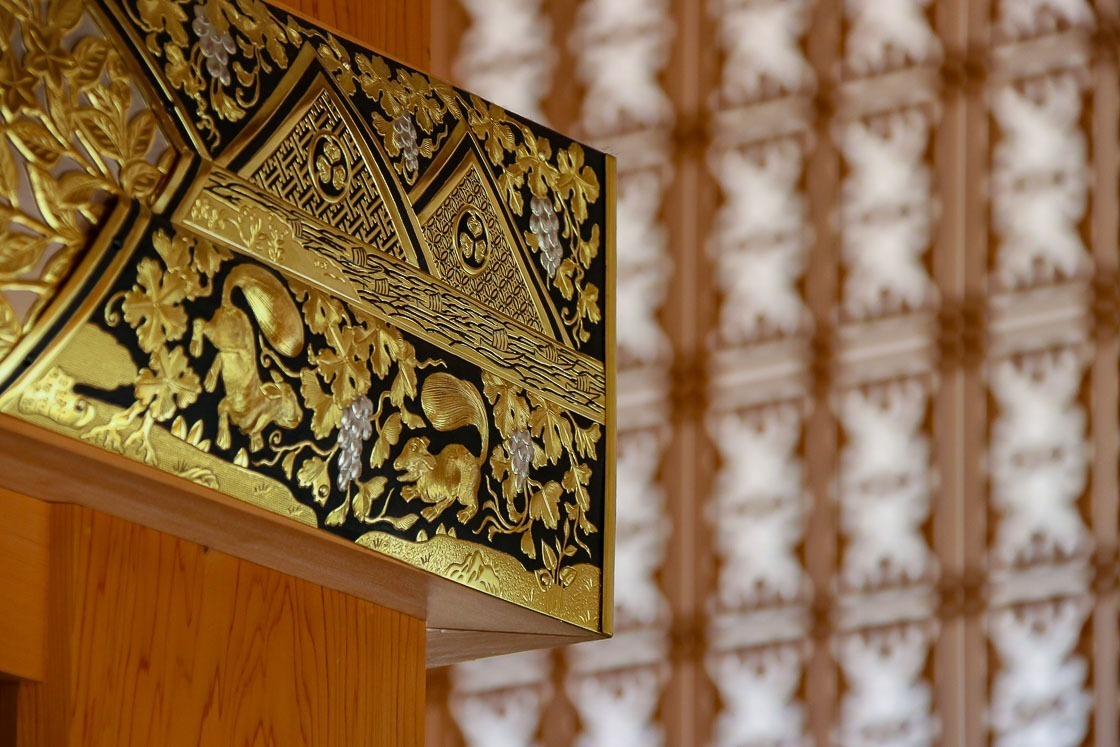
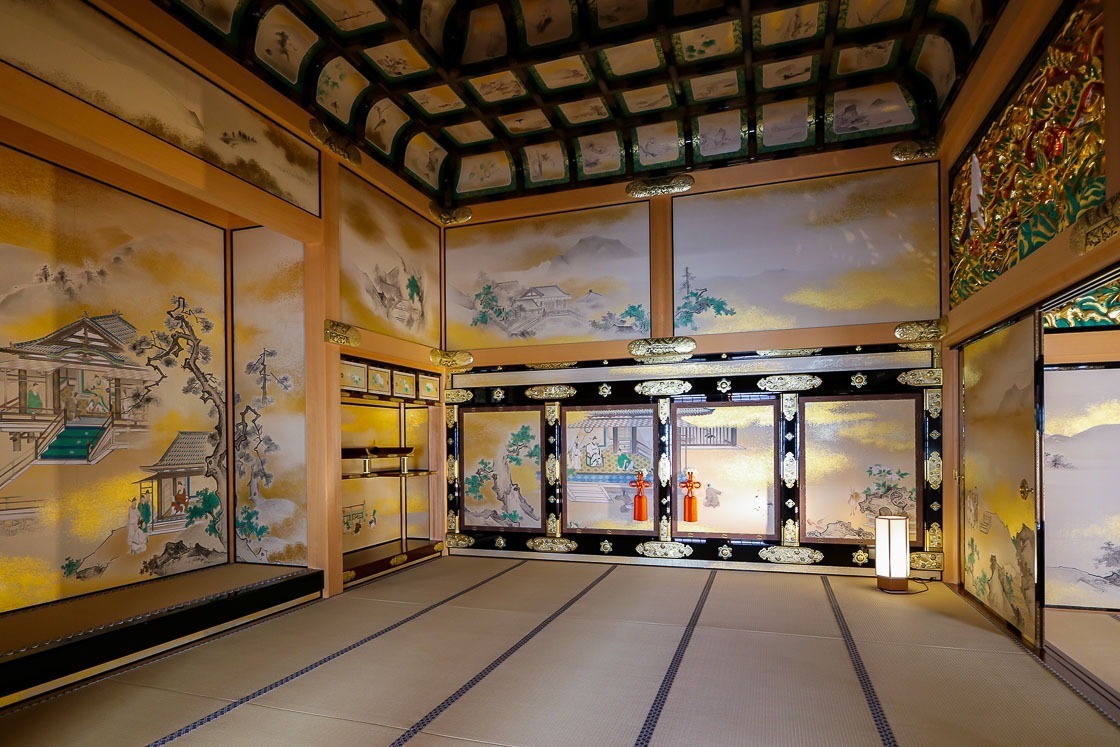
After checking out the castle grounds, it was time for lunch, and I headed to the nearby Kinshachi Yokocho, a dining area south of the castle which is separated into two zones. The Yoshinao Zone is near the main castle gate, and the Muneharu Zone is near the east castle gate. The former features local specialities from well-established shops, while the latter introduces the newer delights in the food scene. I was interested to try some local specialties and made my way to Yabaton, a restaurant known for its miso-katsu - a deep-fried breaded pork cutlet dish slathered with a sauce that contains miso, the fermented soybean paste. Suffice to say, lunch was a beautiful affair, and I feel like miso-katsu is a dish I could see myself eating regularly.
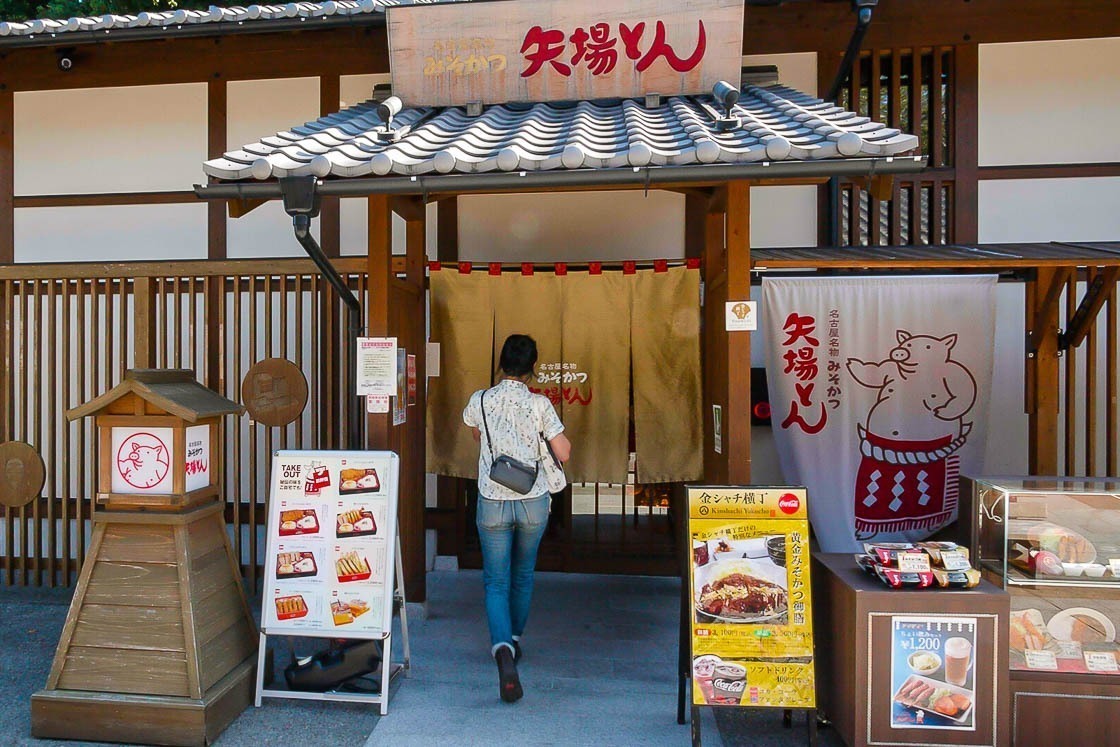
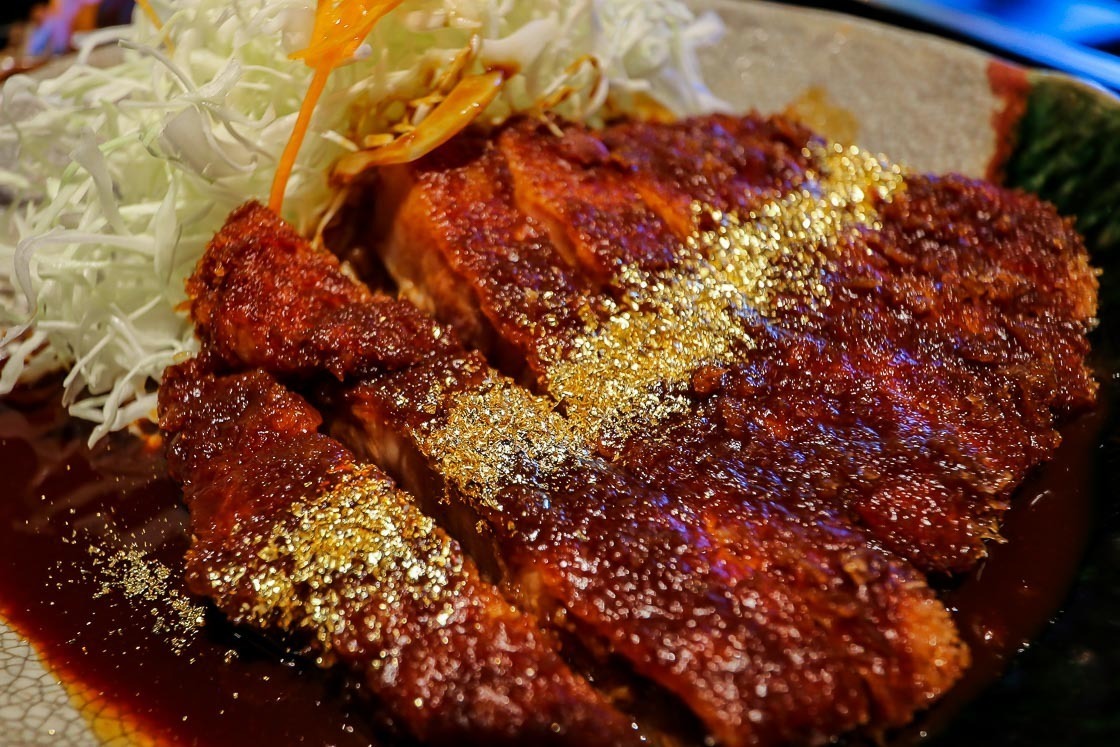
Ise Jingu, Mie Prefecture
With a full stomach, I got back in the car and made my way to the Ise Jingu, which are made up of two main sanctuaries: Naiku and Geku. The Ise Jingu are dedicated to Amaterasu Omikami, the Sun deity, and Toyoukeno Omikami, the provider and guardian of food, clothing and housing, and are the most sacred shinto shrines (jinja) in all of Japan. Geku is traditionally visited before Naiku.
Geku, which enshrines Toyoukeno Omikami, is said to have been established over 1500 years ago. In addition to being the provider and guardian of the basic necessities of humans, Toyoukeno Omikami is also the provider of food to Amaterasu Omikami, the Sun deity who is enshrined in Naiku. I took a walk through the jinja grounds and made my way to the main hall to pay my respects there. Along the way, I saw the various jinja buildings as well as other smaller jinja dedicated to different deities. The main sanctuary buildings are rebuilt every 20 years according to an ancient Shinto tradition, which explained the relatively new looking structures on the grounds.
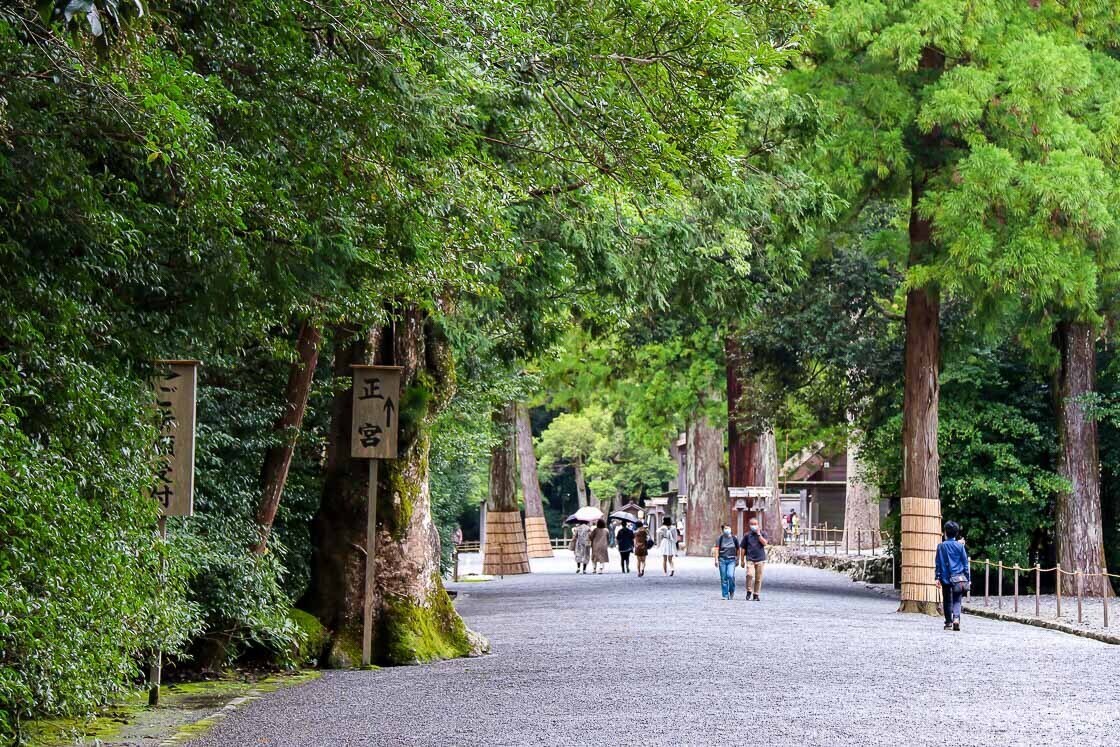

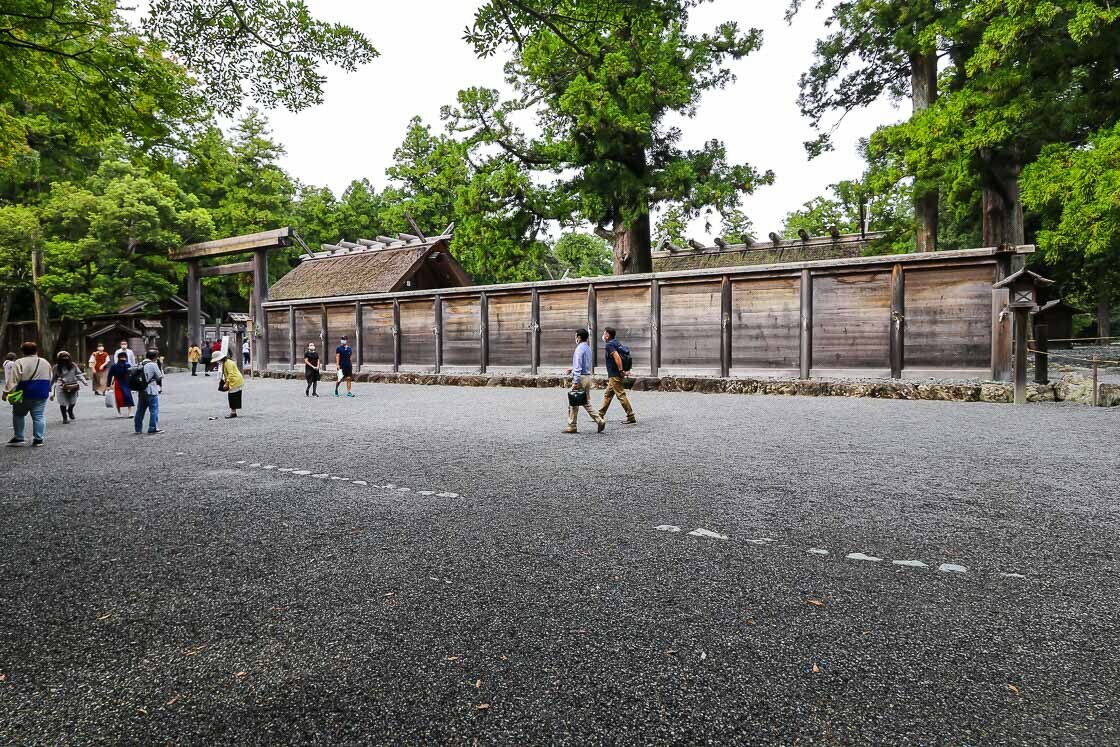
From Geku, I made my way to Naiku, which enshrines Amaterasu Omikami. Before the main Naiku grounds is the approximately one kilometer long approach known as Oharaimachi, the traditional approach lined with businesses offering travelers food and rest before they pay their respects at Ise Jingu. Today, the lively approach retains a lot of its traditional charm, and visitors can sample the local delicacies at the numerous shops that line the street. I managed to snag myself some akafuku, a rice-cake mochi dessert topped with red bean paste, which is an iconic traditional sweet of the area.
The wooden Ujibashi Bridge, which fords the Isuzugawa River, marks the entrance to the Naiku grounds. Crossing the bridge over water is a form of symbolic purification, and in addition to that, many visitors also do another purification rite along the river further into the Naiku grounds, which was what I did as well. The main sanctuary buildings in Naiku, like at Geku, are rebuilt every 20 years according to an ancient Shinto tradition, and this also includes Ujibashi Bridge.
As the top and most sacred jinja in Japan, Naiku sees a large number of visitors everyday. However, despite the large numbers of people, there was still a respectful and dignified aura within the Naiku grounds, and even more so as one got closer to the main sanctuary building. I took my time to make my way through the Naiku grounds, observing the simple jinja structures and paying my respects at the main sanctuary as well as at the other smaller jinja on the grounds.
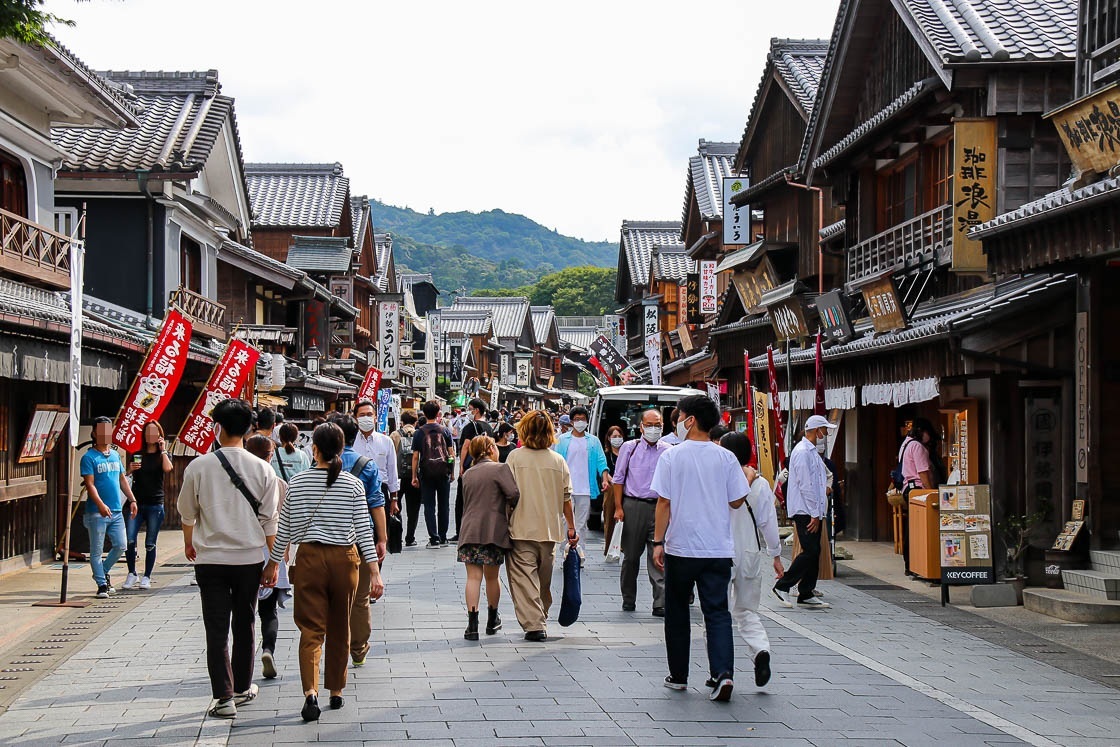
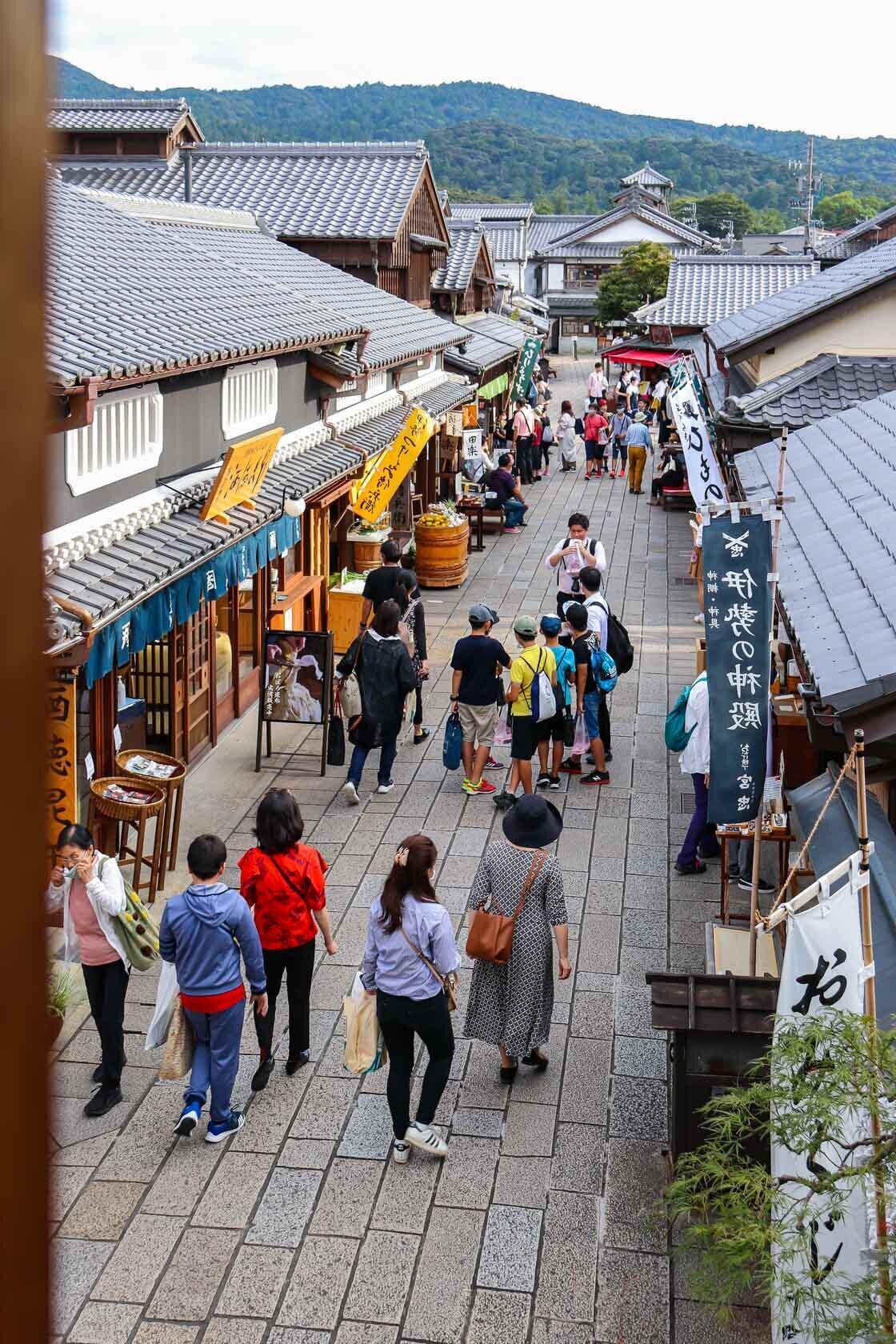
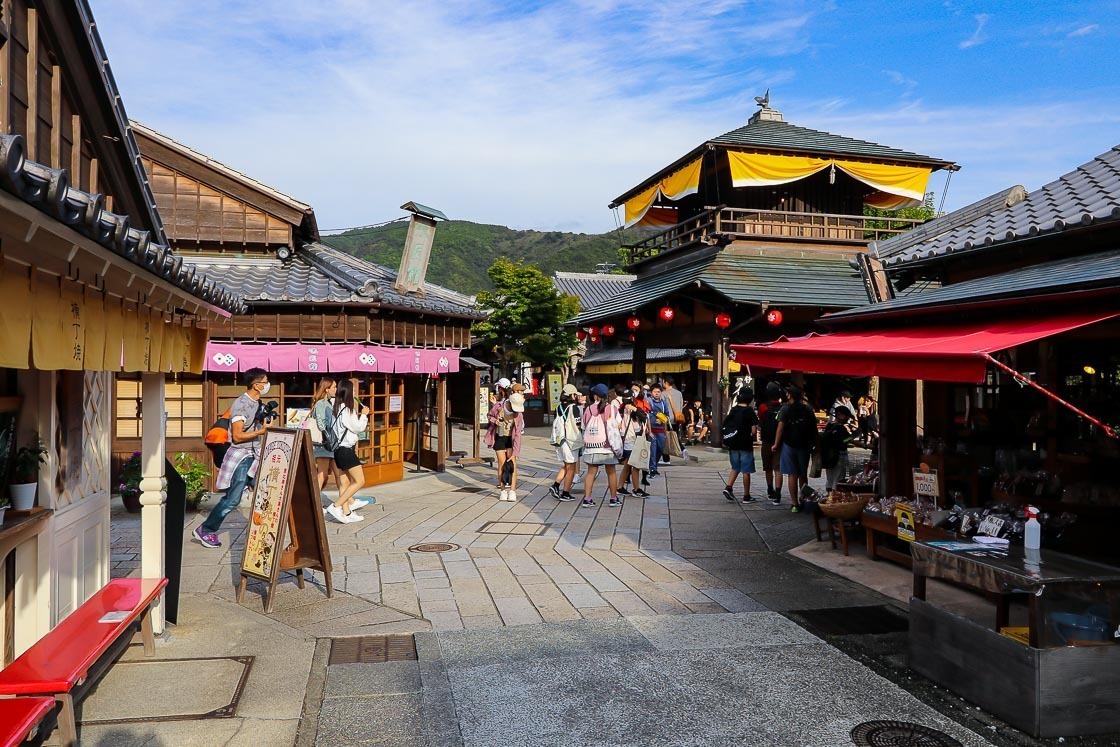

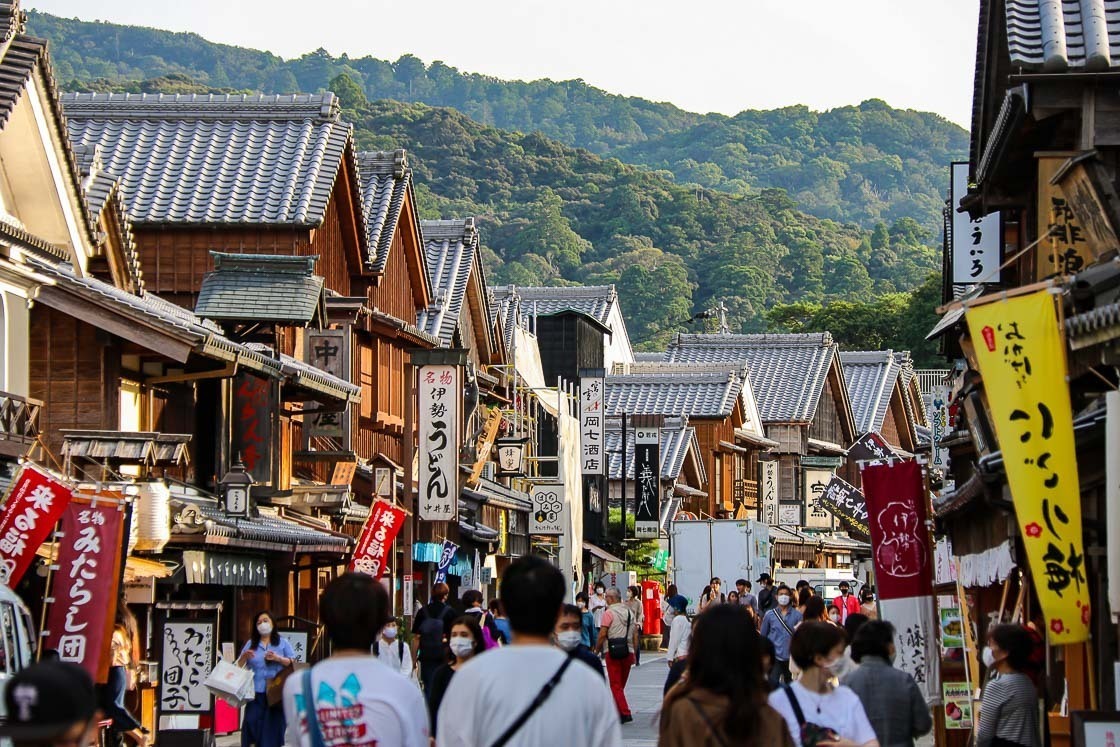
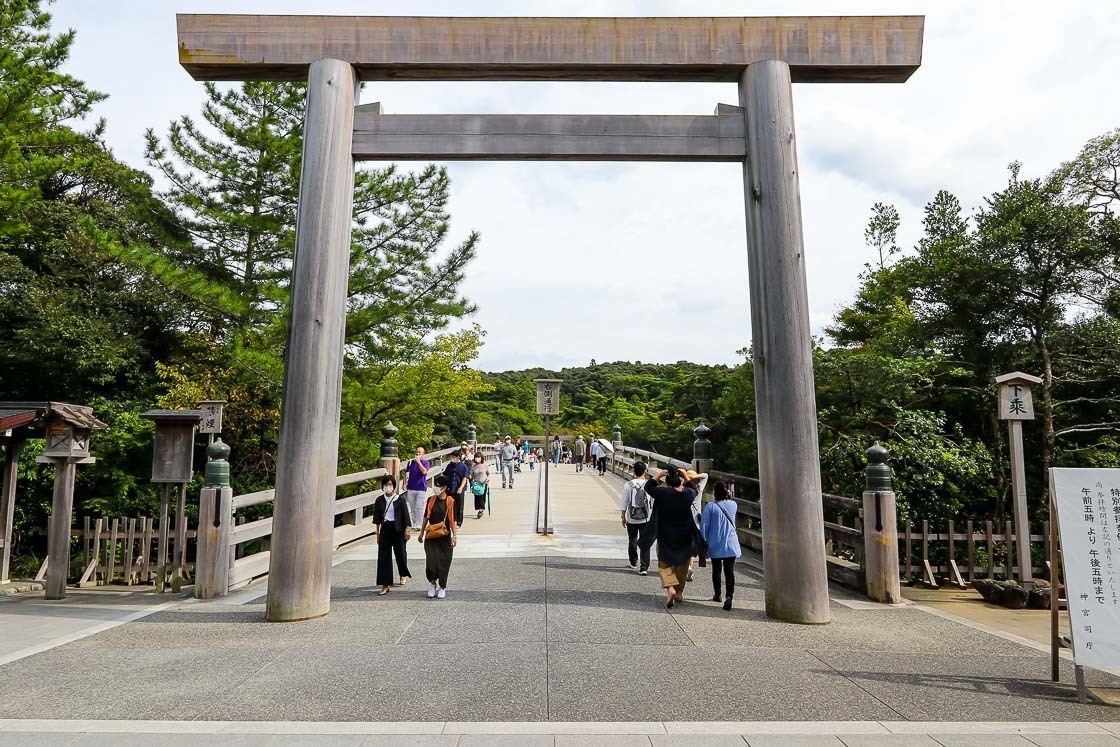

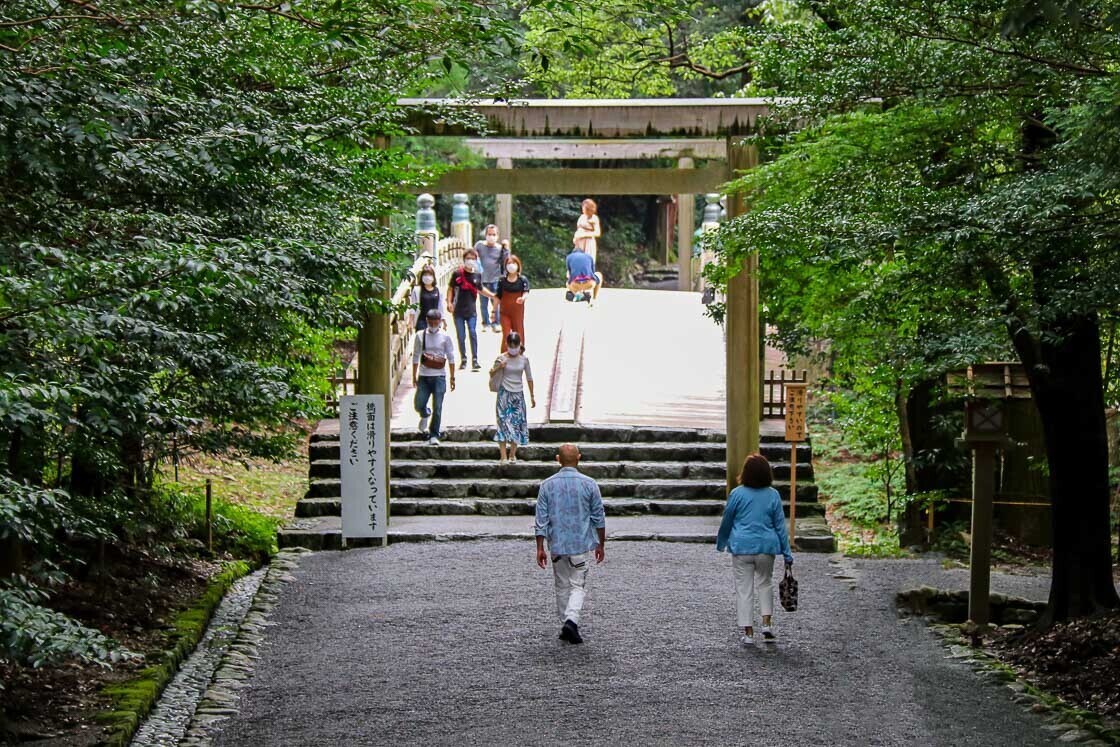
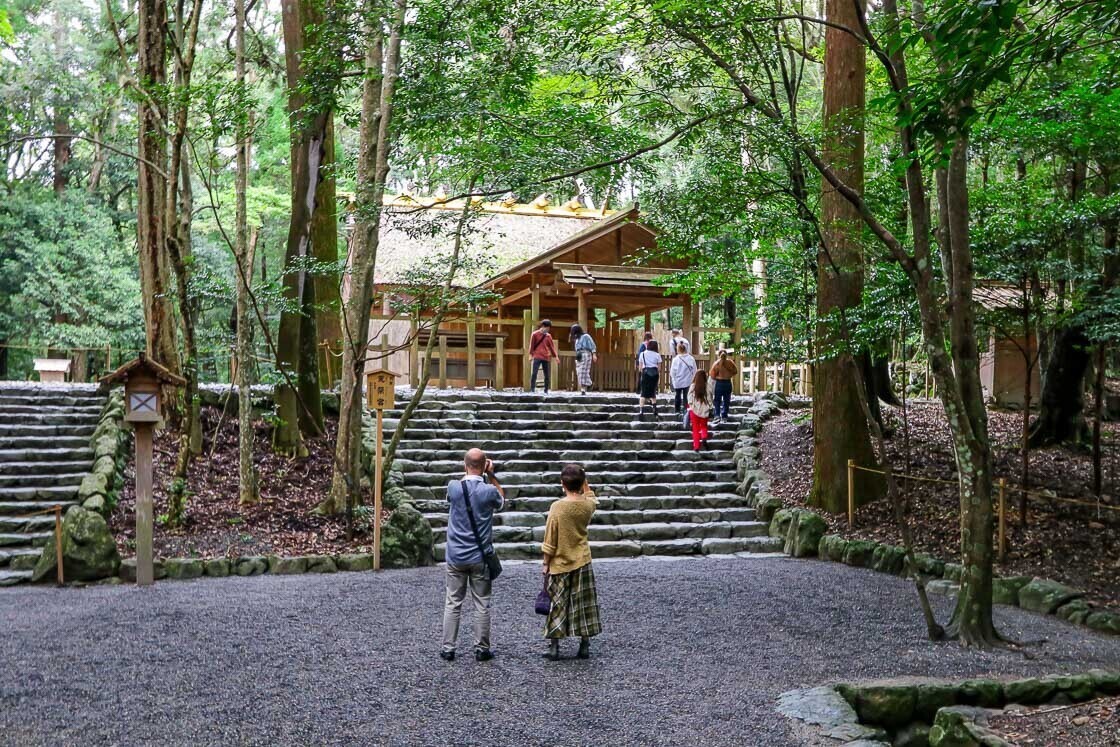
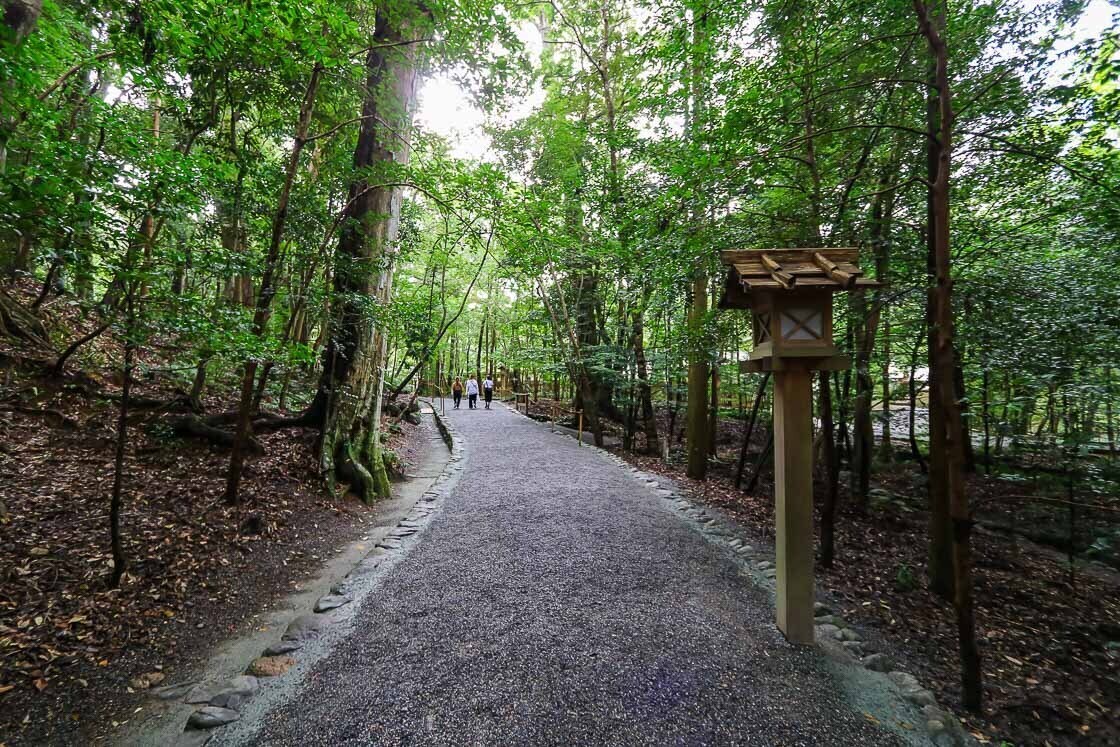
End of Day 1 in Ago Bay
The visit to both Geku and Naiku provided just the right amount of peace and calmness I didn't know I was wanting, and I was glad for that. With my mind and soul balanced, it was time to move to Hiogiso, my accommodation for the night in Ago Bay, about 30 minutes south of Naiku. Ago Bay, which contains many small islands, is known for its seafood and the traditional ways of procuring it through the use of female divers known as Ama, and it also hosted the G7 Ise-Shima Summit in 2016. Dinner at my accommodation featured local seafood like abalone and Ise ebi lobster, and of course, it was nothing short of stellar.
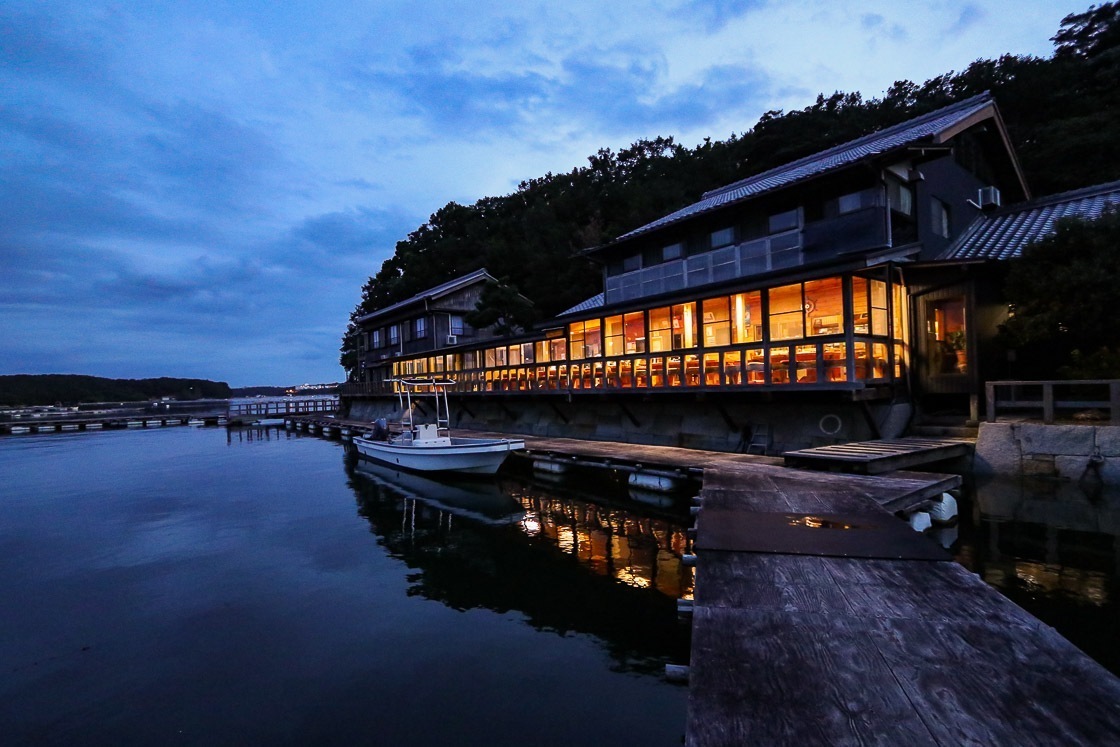
Access
The Central Nippon Expressway Pass is the best and most economical pass for overseas travelers who are planning to explore central Japan by car. The pass is an expressway toll card (ETC), which is to be inserted into the ETC reader in the car, and allows the holder to use the expressways in central Japan for a flat fee. This fee varies depending on the number of days the pass is valid for, which is from 2 to 14 days. Detailed information is available on the official website.
Approximate driving times
- Chubu Centrair International Airport to central Nagoya: 50 minutes
- Central Nagoya to Ise Jingu: 100 minutes
- Ise Jingu to Ago Bay: 45 minutes



